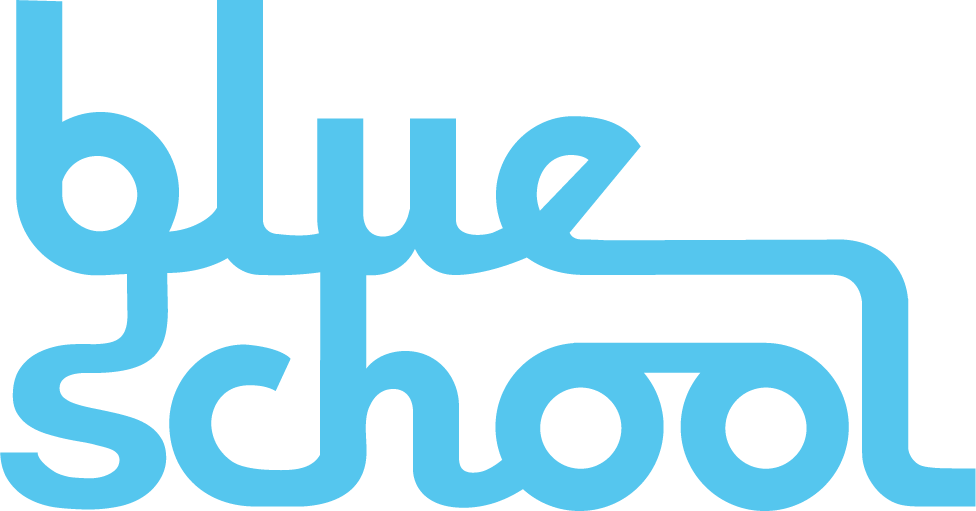It starts here and now, not out there
Today, the second day after our school is out for the summer, a group of teachers sits in a circle sharing their thoughts about writing, and developing shared understanding of the writing process. They use a text (Writing Through Childhood, by Shelley Harwayne) as a launchpad for discussion. They are invited to first reflect on their own relationship to writing, their own inspirations, discomforts, and ambitions, and to consider how writing can be a way to move through childhood. They are reading reflections from established authors about their own writing, and the words of educators who have inspired joyful and passionate writers in schools all over. In another room, another group considers strategies for integrating wood, clay, wire, light and shadow into their work with two and three year olds, and to transform school spaces into rooms filled with paper, clay or light.
There is plenty of debate about how to make change in education these days: common core implementation, charter vs. public, standards-based, traditional, progressive… the list of dos and do nots go on and on. But in the end, doesn’t it always start here, in a room, through conversation? Truly, in a common sense kind of way, is there any other way to change educational practice than to begin with those who work most closely with children, each person connecting a skill like writing to their own human life, how we each imagine, create, and explain the unexplainable? Educational change, reform, advancement, or whatever we call it today, begins person by person, as a conversation and a deeply examined set of practices that take place between adults and children.
Thank you to teachers who spend these waning days of June in this way, hungry to keep intellectual engagement with this work alive and to continue to pursue balance, depth, and exuberance in our practice.
